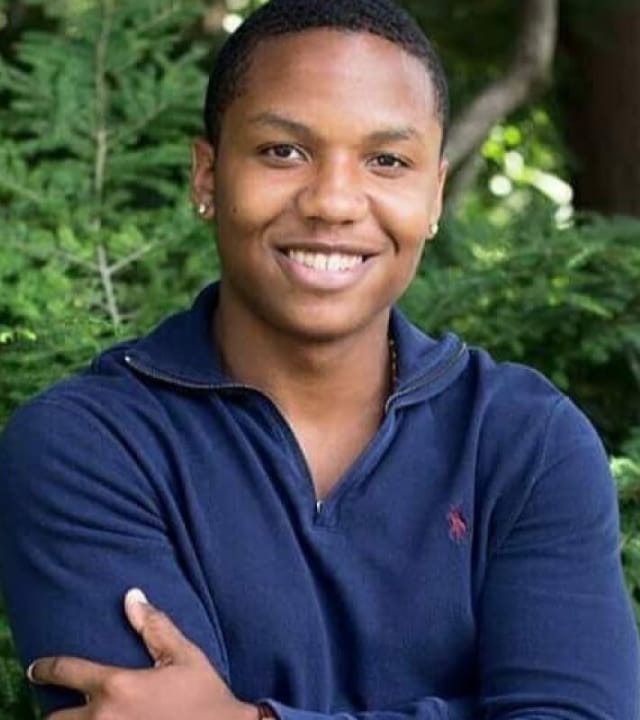Stay on top of all things cold cases, advocacy, and true crime with our twice per week newsletter
Dayton, Ohio Cold Cases
Dayton, Ohio, like many other American towns, has its share of unsolved murder and disappearance cases that have gone cold. Families who have been waiting for answers in these situations for years, maybe decades, often feel like they will never get them. While every case is different, the statistics surrounding these types of crimes can be rather disturbing and provide light on the difficulties law enforcement agencies have when attempting to solve them.
More than 400 instances of disappearance or murder in Dayton have gone cold since 1980. Several of these cases have not been solved despite efforts by law enforcement and families to find answers despite technological and other breakthroughs.
Since 1980, around 300 cases involving missing people have been documented. About 70% of these cases have been closed, leaving 30% unresolved. Lack of evidence, missing people who vanished on their own own, and incidents in which the victim is presumed to have been taken out of state or country are just a few of the many possible explanations for why these crimes remain unsolved.
There have been over 100 unsolved homicides in Dayton since 1980, and many more missing people cases. Many suspects and a lack of evidence or eyewitnesses can make these situations exceptionally challenging for law enforcement. When compared to the clearance rate for missing person cases, the clearance rate for homicides is significantly lower, hovering around 50%.
Dayton's police force is still working around the clock to crack these cases, numbers or no numbers. DNA evidence has played a major part in several recent cold case arrests thanks to developments in technology and forensic science. Social media and other online tools have also facilitated the widespread distribution of news and calls for assistance that were before impossible.
The lack of resources is a problem for law enforcement when looking into cold cases. Due to resource constraints, it may be impossible to conduct in-depth inquiries into each situation. When new information becomes available years after a case has been closed for lack of leads or evidence, it is often decided to reopen the investigation.
The emotional toll these cases may take on loved ones and law enforcement is another obstacle. Many relatives of victims of disappearance or murder have waited for years for answers, and each day that passes just deepens their anguish. Each unsolved case represents a failure to provide justice to victims and their families, creating enormous pressure for law enforcement to find answers.
Famous cold cases in Dayton
Notwithstanding these obstacles, cold cases have been solved with success in Dayton. John Doe, a man whose body was discovered in a field in 1996, is a good illustration of this. A man from California who had been missing since the 1980s was finally identified using DNA evidence after years of research.
Cases like John's serve as a reminder of the significance of solving cold cases, and they also demonstrate the need of providing law enforcement with consistent funding and resources. If law enforcement is given greater resources and time, they will be more likely to solve these crimes and bring closure to the affected families.
There have been over 400 unresolved cases of homicide or disappearance in Dayton, Ohio since 1980, which is a very worrying statistic. Law enforcement has numerous obstacles while attempting to solve these cases, but recent developments in technology and forensic science, as well as the increased availability of information thanks to the Internet, have opened up new avenues of inquiry. The pursuit of justice for victims and their families can continue if law enforcement is given the means to do it.


Consider this
More than 200,000 unsolved cases have gone cold since 1980, and murder clearance rates continue to drop. With equity for BIPOC, LGBTQ+, and other underserved victims not prioritized in the true crime community—together we can do better.
What is Dayton Police Department (DPD)'s strategy for investigating unsolved cases?
Unsolved homicides and missing person cases in Dayton are investigated by the Cold Case Homicide Squad of the Dayton Police Department. Together, the detectives in this section have nearly a century of expertise in the field.
A new set of eyes on the case files and evidence, new interviews with witnesses, and cutting-edge forensic technologies unavailable at the time of the crime are all part of their strategy for solving cold cases. They also work with the FBI and other law enforcement organizations to pool resources and information.
The Cold Case Homicide Team does more than just investigates; they also try to become involved with locals and get them to come forward with any information they may have. They take part in community gatherings and events like National Night Out to make friends and gain trust in the neighborhood.
The agency also promotes cold cases and solicits information from the public via social media and digital platforms. They have a section of their website devoted to cold cases, complete with descriptions, photographs, and leads.
The Dayton Police Department's strategy to investigate cold cases is an all-encompassing and multi-pronged effort to solve crimes and provide closure to victims' families through the use of cutting-edge technology, cooperative efforts with other agencies, and active participation from the local community.
What resources are available to help solve cold cases?
In order to help solve cold cases in Dayton, Ohio, there are a number of options accessible. Important tools include:
Cold Case Unit of the Dayton Police Department investigates homicides and disappearances that have not been resolved. This section of the police department collaborates with others in the force and use cutting-edge investigation methods, such as DNA and forensic analysis, to crack cold cases.
The Miami Valley Crime Stoppers is a nonprofit that accepts anonymous information about criminal activity in the Miami Valley. To encourage the reporting of information that leads to an arrest, money awards are offered.
Forensic laboratory services are provided by the Ohio Bureau of Criminal Investigation (BCI), a state agency. The agency aids in forensic investigations such as processing crime scenes, analyzing DNA, and other techniques that can assist bring closure to cold cases.
NamUs, short for National Missing and Unidentified People System, is a database that compiles information about missing and unidentified people around the country. With this database, law enforcement can look for missing person cases that may have a connection to unidentified remains, potentially leading to the resolution of long-cold cases.
Hiring a private investigator is another option for bringing closure to cold cases. They have access to information and resources that regular law enforcement may not.
Major cities surrounding Dayton, Ohio
Cincinnati, Ohio
Columbus, Ohio
Indianapolis, Ohio
Louisville, Ohio
Lexington, Ohio
